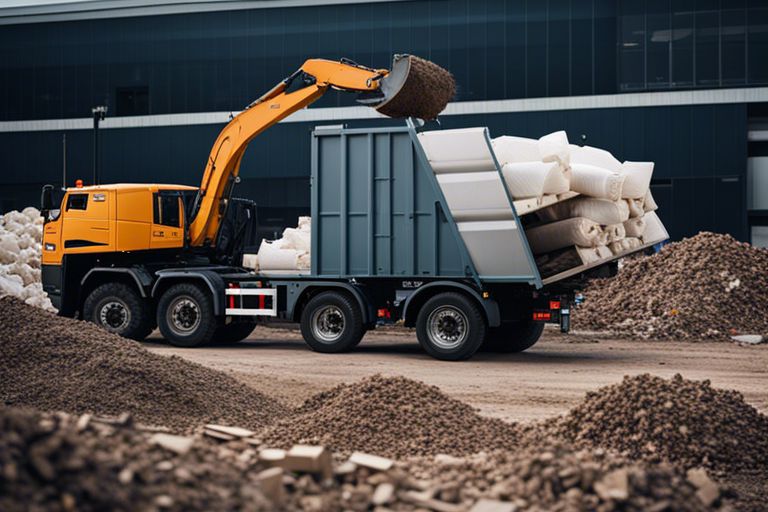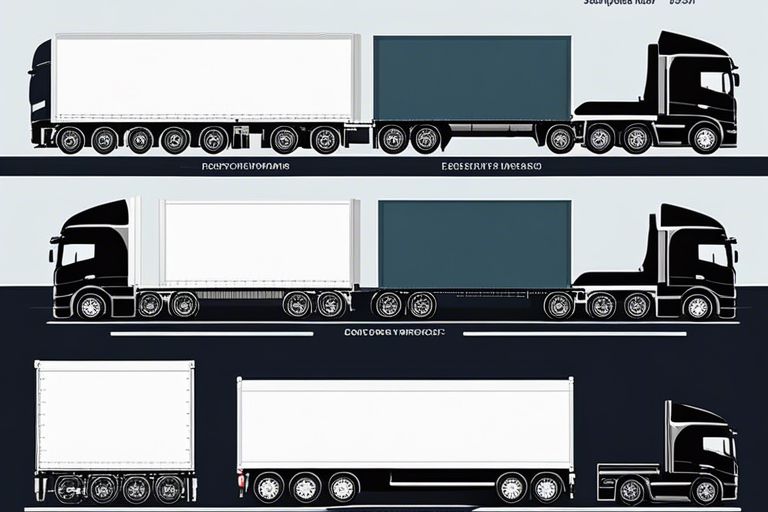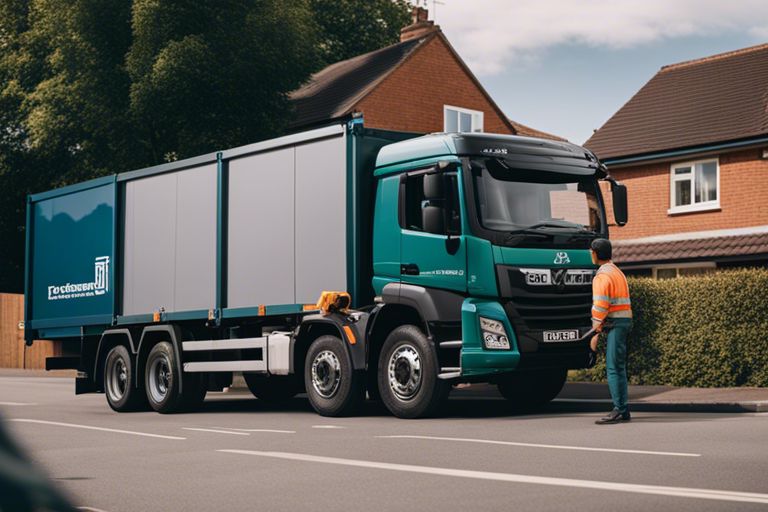Congratulations on your decision to learn about the intricacies of demolition. Whether you are a property owner, construction professional, or simply a curious-minded individual, it’s important to understand the dangerous and complex nature of demolition. In this blog post, we will decode the process of demolition, from the planning stages to the execution, so you can gain a comprehensive understanding of this fascinating and potentially hazardous industry.
Planning and Preparation
Before any demolition project can begin, thorough planning and preparation are essential. This stage involves an in-depth assessment of the building or structure, obtaining necessary permits and clearance, and ensuring all safety measures are in place.
Assessment and Surveys
The first step in the planning process is to conduct a comprehensive assessment of the building to determine the best approach for demolition. This may include surveys to identify any hazardous materials such as asbestos, lead, or other toxic substances, as well as structural integrity assessments to highlight any potential weaknesses or risks. By identifying these factors early on, you can effectively plan the demolition process and mitigate any potential hazards.
Obtaining Permits and Clearance
Once the assessment and surveys have been completed, the next step is to obtain the necessary permits and clearance from local authorities. This typically involves submitting detailed plans and documentation outlining the proposed demolition process, safety measures, and waste disposal procedures. It is crucial to adhere to all legal requirements and regulations to ensure a smooth and compliant demolition project. Failure to obtain the proper permits can result in costly fines and delays, so it’s important to address this aspect with utmost care and attention.
Demolition Techniques
When it comes to demolition, there are several techniques used depending on the scope of the project and the structure being demolished. Understanding the various demolition techniques can help you make informed decisions when planning your demolition project. For a comprehensive guide to the industrial demolition process, check out Industrial Demolition Process: Ultimate Guide.
Manual Demolition
Manual demolition involves the use of hand tools and equipment to dismantle structures piece by piece. This method is often the most time-consuming and labour-intensive, but it allows for precise control over the demolition process. You can carefully deconstruct the building, salvaging materials for recycling or reuse. It is a labour-intensive process but allows for a high level of salvage and recycling. Remember, safety is paramount in manual demolition, and proper training and equipment are essential to protect yourself and others from potential hazards.
Mechanical Demolition
Mechanical demolition involves the use of machinery such as excavators, bulldozers, and wrecking balls to bring down structures. This method is faster and more efficient than manual demolition, making it suitable for larger-scale projects. It is ideal for structures with a significant amount of concrete and steel, as the machinery can handle heavy-duty demolition. However, it is essential to enlist the services of skilled operators to ensure precision and safety during mechanical demolition.
Controlled Explosives
Controlled explosives, also known as implosion, involve strategically placing explosives within a structure to bring it down in a controlled manner. This technique is typically used for large, reinforced concrete structures in urban areas where space is limited. While controlled explosives can efficiently bring down a building, the process requires meticulous planning, careful execution, and adherence to strict safety protocols.
Safety and Environmental Considerations
When it comes to demolition, ensuring safety and minimizing environmental impact are crucial considerations. There are specific protocols in place to protect both workers and the surrounding environment throughout the demolition process.
Ensuring Worker Safety
Worker safety is of paramount importance in demolition. You must adhere to strict safety guidelines, wear appropriate personal protective equipment, and undergo thorough training before working on a demolition site. The presence of hazardous materials such as asbestos and lead also requires careful handling and disposal to protect the health of workers. Failure to adhere to safety protocols can result in serious injury or even fatalities.
Minimizing Environmental Impact
Demolition activities can have a significant impact on the environment if not managed carefully. You must take measures to minimise the release of dust, pollutants, and noise during the demolition process. Additionally, proper waste management and recycling practices should be implemented to reduce the amount of debris ending up in landfills. Failure to do so can lead to environmental pollution and harm to local ecosystems.
Post-Demolition Procedures
Once the demolition process is complete, there are several important post-demolition procedures and considerations that need to be addressed. This stage of the process is crucial to ensure the site is safe, clean, and ready for future use. In this chapter, we will discuss the key steps involved in post-demolition procedures and the importance of each stage.
Debris Management and Recycling
Debris management and recycling are essential components of the post-demolition process. After a structure has been demolished, there will be a significant amount of debris and waste that needs to be managed and disposed of properly. It is important to properly separate and dispose of the materials, such as concrete, wood, and metal, to ensure they can be recycled or reused in future construction projects. Additionally, proper debris management helps to reduce the environmental impact of demolition and construction activities, promoting sustainability and reducing waste sent to landfill sites. It is crucial to ensure that hazardous materials, such as asbestos or lead, are handled and disposed of in accordance with regulatory standards to protect both human health and the environment.
Site Clearance and Preparation for Reuse
Site clearance and preparation for reuse involve the removal of any remaining debris, grading the land, and making preparations for future construction or development. This includes ensuring that the site is free of any potential hazards or dangerous materials, such as exposed nails, broken glass, or unstable structures. Thorough site clearance is vital to create a safe environment for any future work or activity on the site. Additionally, site preparation may involve addressing any soil contamination issues and ensuring that the land is suitable for its intended future use. This process may also include installing erosion control measures and environmental protection strategies to prevent any negative impact on the surrounding area.
Demolition Decoded – Understanding How the Process Works
Hence, now that you have a comprehensive understanding of how the demolition process works, you are better equipped to make informed decisions about your demolition project. If you want to delve deeper into the intricacies of demolition, you can read more about it in ‘The Demolition Process Explained’.
The Demolition Process Explained
FAQ
Q: What is demolition?
A: Demolition is the process of dismantling or destroying a structure, typically a building or other man-made object, using controlled methods to ensure safety and efficiency.
Q: Why is demolition necessary?
A: Demolition is necessary for a variety of reasons, including the removal of old or unsafe buildings, making way for new construction, and redevelopment of urban areas.
Q: What are the different methods of demolition?
A: The different methods of demolition include implosion, deconstruction, high reach arm, selective demolition, and mechanical demolition.
Q: How is the safety of demolition ensured?
A: Safety in demolition is ensured through careful planning, use of proper equipment, compliance with regulations, and thorough risk assessment before the commencement of work.
Q: What are the environmental considerations in demolition?
A: Environmental considerations in demolition include waste management, hazardous material removal, dust control, and responsible disposal of debris and materials.
Q: What are the legal regulations surrounding demolition?
A: Legal regulations surrounding demolition include obtaining the necessary permits, compliance with health and safety laws, and adherence to environmental regulations governing waste disposal and air quality.
Q: How can I ensure a successful demolition project?
A: To ensure a successful demolition project, it is important to hire a reputable and experienced demolition contractor, engage in thorough planning and risk assessment, and communicate effectively with all stakeholders involved.







